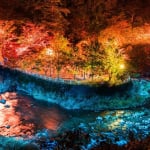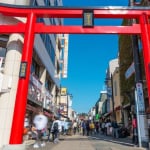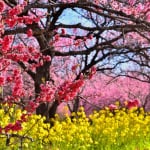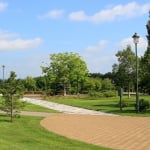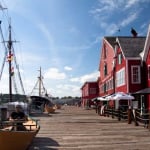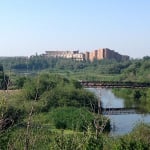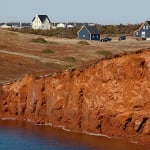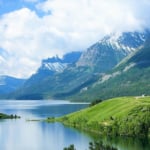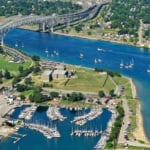Photo by GROGL/Shutterstock
7 Underrated Nature Tourism Destinations in Canada
Canada is known for its vast stretches of uninhabited wilderness, from the the towering mountain ranges of the Yukon to the quiet forests of Labrador. The nation's growing popularity as a holiday destination is partly due to the nature tourism opportunities these present, as the environmental challenges that prevent human encroachment are precisely the qualities that appeal to the seasoned ecotourist. Get off the beaten path and explore some of Canada's most unique and challenging nature tourism destinations.
table of contents
[x] close
7 Underrated Nature Tourism Destinations in Canada
Cape Breton Island, Nova Scotia

Photo by Digitalsucks/Shutterstock
Cape Breton Island, more commonly known simply as Cape Breton, is part of the province of Nova Scotia, and is separated from the mainland by the Northumberland Strait. The island’s landscape is dominated by one of the largest saltwater lakes in the world, the Bras d’Or Lake, and vast stretches of wilderness home to an abundance of wildlife including bobcats, lynx, moose and black bears. The island has a long history belonging to the Aboriginals, and later, European settlers from Scotland. Take a drive down the Cabot Trail and explore the northern highlands before stopping in lively Sydney to experience local Mi’kmaq and Gaelic cultures.
The Canol Trail
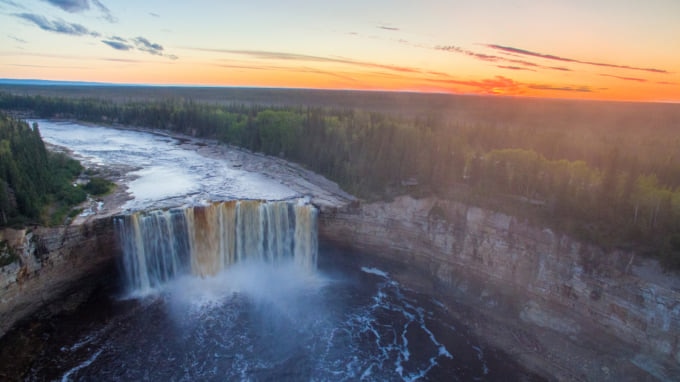
Photo by GROGL/Shutterstock
Canada’s vast Northwest Territories were once the largest and northernmost region of the nation, until Nunavut split from the province in 1999. The region has a history of fur trading and mining by the Europeans, but the native First Nations and Inuit peoples have lived there much longer, and still represent the majority of the population. The Canol Heritage Trail winds through over 350 kilometers of remote but breathtaking wilderness, from Norman Wells to the Yukon border, and is considered by many to be one of the most challenging hiking trails in North America. The best time to visit is during summer, when the unrelenting cold eases up for a few short months.
Port Carling, Ontario

Photo by Bill Salton/Shutterstock
Port Carling is a charming rural community in the Muskoka Lakes region of Ontario, a place locals in the know flock to during summer for freshwater beaches, waterfront promenades and small town hospitality. The downtown core is marked by the colorful Port Carling Wall landmark mural, where you can spend the day exploring the local heritage museums, sampling homemade ice creams and browsing the shops before settling down by the waterfront for dinner. Port Carling is surrounded by forests, freshwater lakes and hiking trails, and is ideal for those who want a breath of fresh air after spending time in the city. The town is about two hours away from Toronto by car, or one hour from Barrie.
Northwest Passages, Nunavut
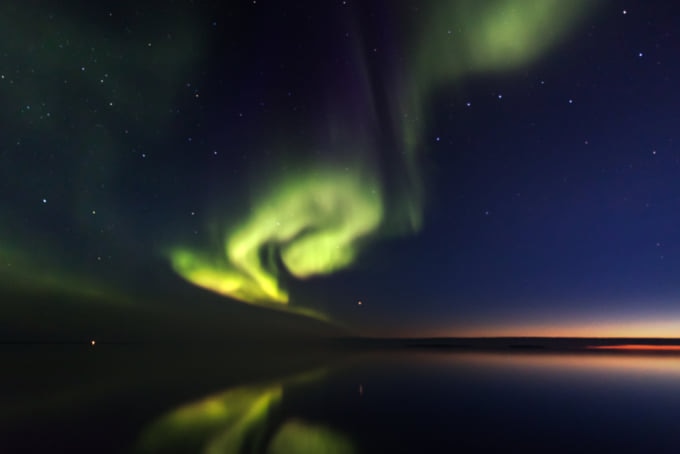
Photo by Ruben M Ramos/Shutterstock
Nunavut, meaning “Our Land” in the native Inuktitut language, is the largest territory in Canada, making up just over 20 percent of the country’s total land area. While still considered a province of Canada, Nunavut was reclaimed in court by the native population, and they now operate the region with a separate governing body. The province is sparsely populated, however, as few can handle the harsh conditions of the land so close to the Arctic. Nunavut’s Northwestern Passages cover a vast area west of Baffin Bay and Greenland. Visitors to this region can check out the remote Weber lodges, where Arctic wildlife and Aurora Borealis viewing are high on the to-do list.
Atlin, British Columbia
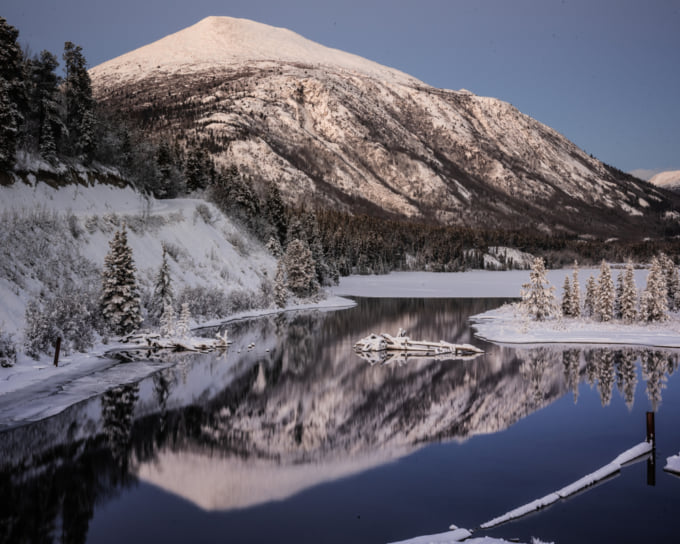
Photo by Scalia Media/Shutterstock
Atlin is located in northern British Columbia, a place few people get the chance to see. The rural settlement is surrounded by scenic mountains and lies at the middle of Atlin Lake, making for a picturesque natural setting that's rare to find these days. It also makes it an ideal destination for fishing and hiking enthusiasts, as there are boundless wilderness areas to explore. Atlin is located closer to the Yukon and Alaskan borders than it is to Vancouver, and has a climate and way of life distinct from southern British Columbia.
Parc Omega, Quebec

Photo by paparazzza/Shutterstock
For a chance to get up close and personal with Canada’s wildlife, head to Parc Omega in Montebello, a scenic region of Quebec. The park is a North American take on a safari, and visitors are asked to stay inside their vehicles for safety on the 12-kilometer, self-guided tour. The truly exceptional standouts, though, are their exclusive Wolf Cabins for overnight visitors, which offer breathtaking views of the park, exclusive access to the wolf feeding area, and, if you’re lucky, a glimpse of the resident wolf pack.
Churchill, Manitoba
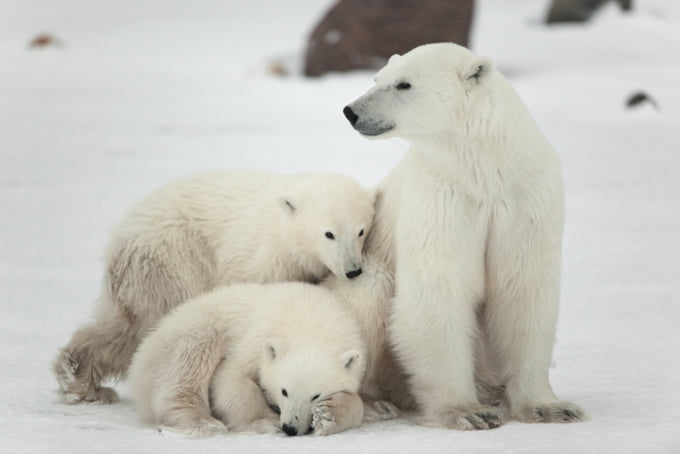
Photo by Sergey Uryadnikov/Shutterstock
Far north in the central Canadian province of Manitoba is Churchill, a place known as the “Polar Bear Capital of the World” for its large population of the ferocious Arctic bears. Churchill is an excellent choice for adventure seekers, with dogsledding, snowmobiling and tours of the tundra in an armored car on offer. In the summer, beluga whales flock to the Churchill estuary to give birth, and in winter, the world famous Northern Lights can be seen from almost anywhere in the small town.
In Conclusion
This year, try something new and head to one of Canada's best ecotourism spots to challenge both mind and body. From subarctic explorations in the unforgiving north to wildlife sightings in the deciduous forests of Quebec, there's no better place to hear the call of the wild. Exploring Canada's wilderness is not an easy task, but those who are up to the challenge will create memories that will last a lifetime.
